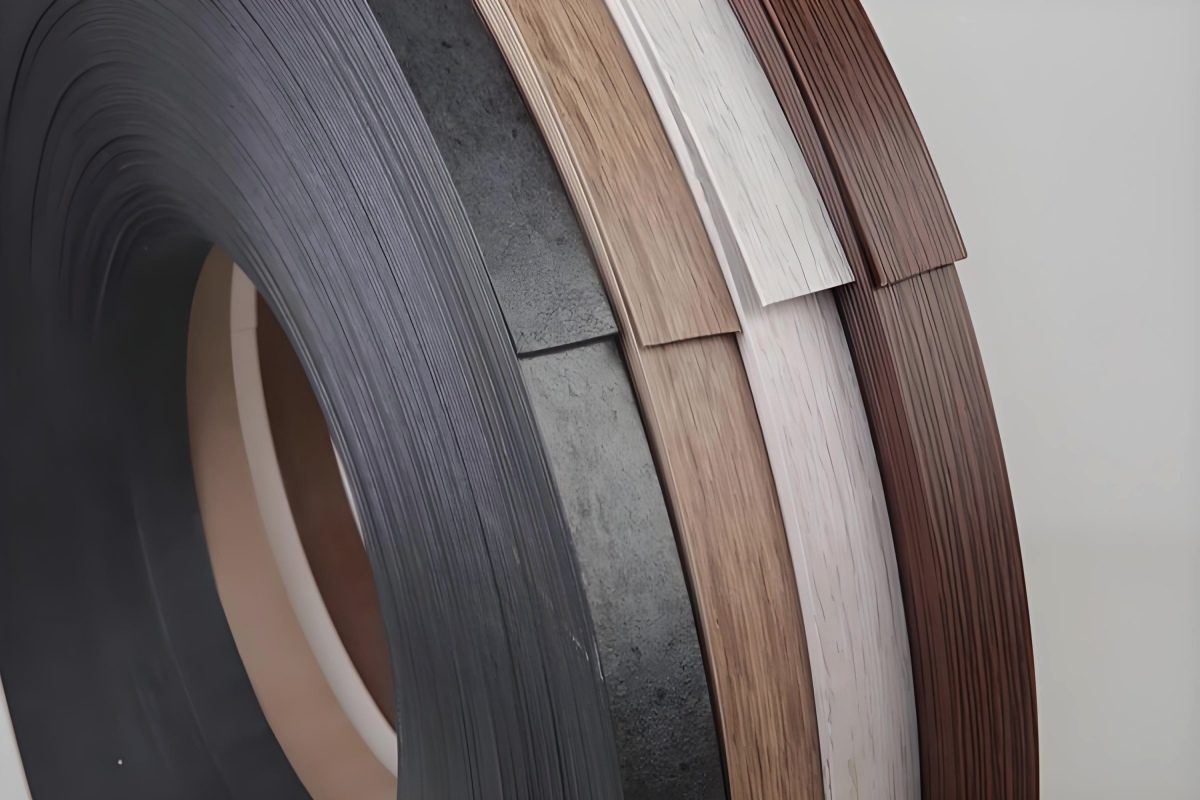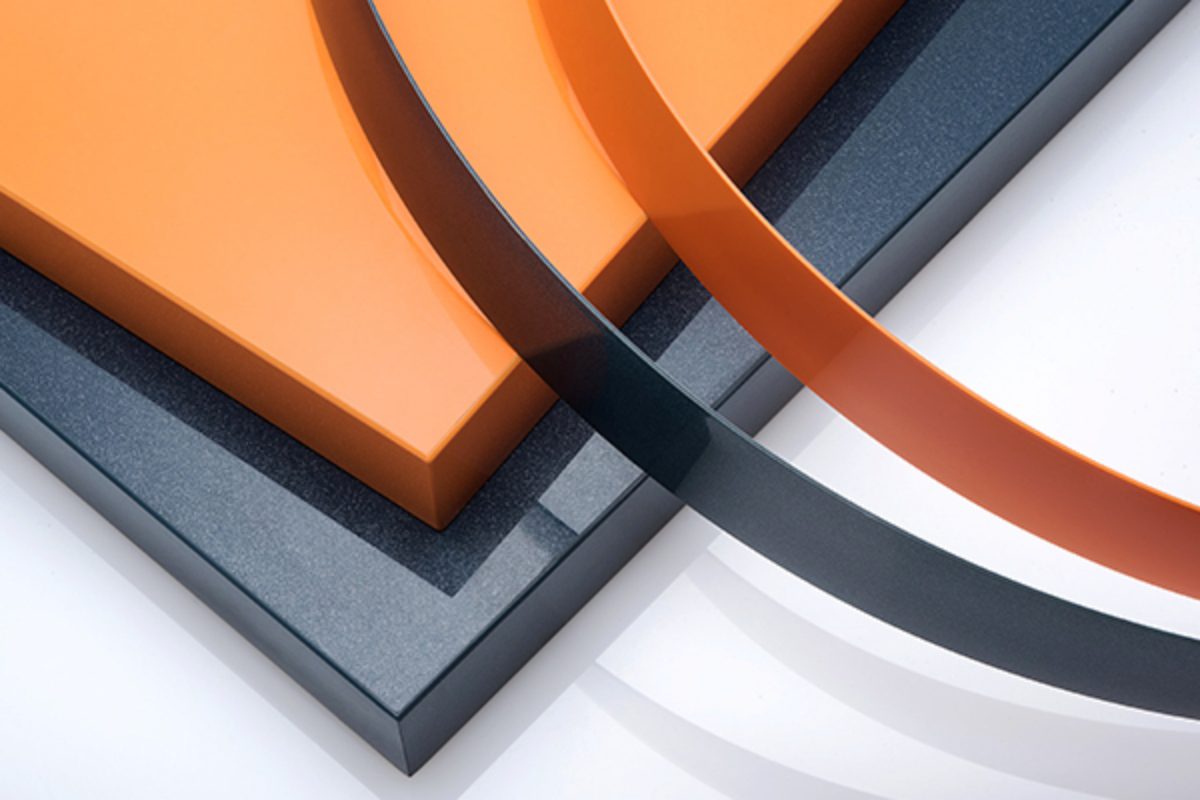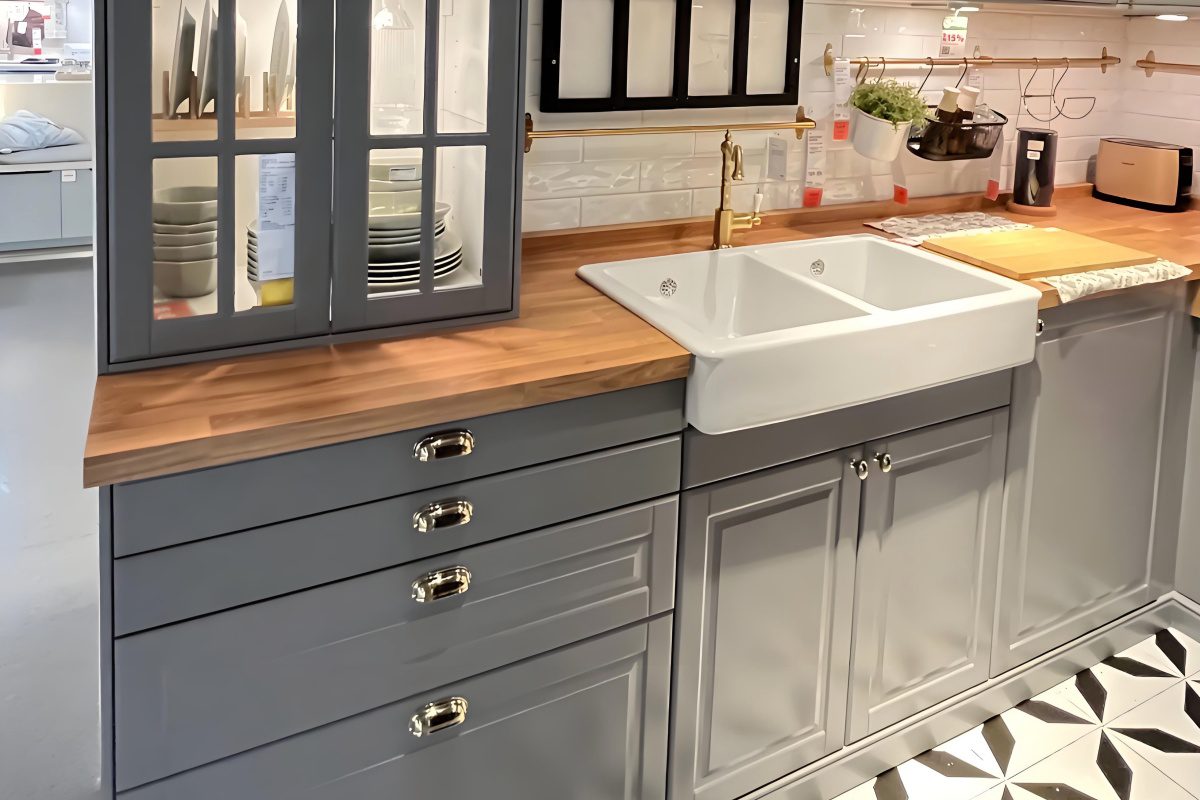In modern furniture manufacturing, edge banding plays a crucial role in achieving both aesthetics and durability. It effectively protects panel edges, resists moisture and scratches, and enhances the overall quality of furniture. Among the available options, PVC and ABS edge banding are the two most popular materials on the market. So, what are the differences between them? Which one is best for your furniture project?
This article provides a comprehensive comparison of their material definitions, environmental performance, durability, price, and suitable applications to help buyers make an informed decision.
What is PVC edge banding?
PVC edge banding is a decorative and protective material made from polyvinyl chloride (PVC), used to seal the exposed edges of furniture panels. It is extruded at high temperatures into specific widths and thicknesses, then printed and embossed to achieve the desired color and texture.
PVC edge banding is commonly applied to particleboard, medium-density fiberboard (MDF), and plywood panels. Its main functions are to protect the board edges, enhance the furniture’s appearance, and improve overall durability.

What is ABS edge banding?
ABS edge banding, short for Acrylonitrile Butadiene Styrene (ABS), is a high-performance plastic material widely used for edge finishing in panel furniture. Unlike PVC, ABS edge banding is chlorine-free, making it more environmentally friendly and highly impact-resistant.
Its key characteristics include eco-friendliness, durability, and outstanding toughness. Because of these advantages, ABS edge banding is commonly used in high-end furniture, export products, and projects with strict performance requirements.

Environmental Comparison
PVC Edge Banding:
PVC raw materials contain chlorine, and plasticizers and stabilizers are often added during production. When burned, these additives may release harmful gases. However, with advancements in manufacturing technology, many producers now offer PVC edge banding that complies with EU REACH standards or features low-lead formulations, making it suitable for furniture projects with moderate environmental requirements.
ABS Edge Banding:
ABS raw materials are naturally chlorine-free and halogen-free, making them recyclable and reusable. They do not emit toxic gases when burned, offering a more environmentally friendly solution. ABS edge banding is particularly suitable for export furniture or projects requiring green certification in European and American markets.
Conclusion: If your focus is on exported or high-end custom furniture, ABS edge banding is the more eco-friendly choice. For standard furniture applications, PVC edge banding already meets most environmental standards and provides a good balance between performance and cost.

Durability and performance comparison
High Temperature and Aging Resistance
PVC Edge Banding:
PVC edge banding offers heat resistance between 65°C and 85°C, but it has limited tolerance to temperature fluctuations. Prolonged exposure to high temperatures—such as in kitchen furniture—or to direct sunlight may lead to color fading or discoloration.
ABS Edge Banding:
ABS edge banding provides superior thermal stability, performing well within the -40°C to 110°C range. Its excellent UV resistance also makes it suitable for outdoor furniture or furniture exposed to significant temperature variations.
Toughness and Edge Conformity
PVC Edge Banding:
PVC has high rigidity, which ensures stability for straight-edge applications, but it may whiten or crack slightly when bent, making it more suitable for standard panel furniture.
ABS Edge Banding:
ABS offers greater flexibility and is less prone to warping or shrinking after application. It performs especially well on curved or irregular furniture edges and provides a longer service life under frequent use.
Conclusion: ABS edge banding delivers better performance in environments that demand high durability and adaptability, such as commercial, educational, and high-traffic furniture projects.

Price Comparison
PVC Edge Banding:
With lower raw material costs and a well-established production process, PVC edge banding remains the most widely used material worldwide. Its price is generally 20%–30% lower than that of ABS edge banding, making it ideal for large-volume orders or projects with tight budgets.
ABS Edge Banding:
ABS edge banding has higher raw material and processing costs, resulting in a higher overall price. However, its longer service life and fewer after-sales issues make it more cost-effective over time. It is also widely preferred in export-oriented and high-end furniture markets.
Conclusion: If your goal is to control costs and achieve strong value, PVC edge banding is the better option. If your clients prioritize eco-friendliness and premium quality, ABS edge banding offers a more competitive advantage.
Comparison of applicable scenarios
PVC Edge Banding:
PVC edge banding is ideal for low- to mid-range office furniture, residential wardrobes and bookcases, and dry indoor environments. It performs well in straight-line edge banding and cost-sensitive projects that do not require exceptionally high strength or durability.
ABS Edge Banding:
ABS edge banding is recommended for high-end custom furniture, kitchen and bathroom cabinets, outdoor furniture, and children’s furniture. Its flexibility and excellent temperature resistance make it suitable for irregular or curved edges and environments with significant temperature fluctuations.
Conclusion: PVC edge banding is best suited for cost-conscious furniture manufacturers targeting low- to mid-range markets. In contrast, ABS edge banding is preferred by high-end furniture producers who emphasize environmental performance, durability, and premium quality.

How to choose PVC or ABS edge banding type according to project requirements, the list is as follows:
| Index | PVC edge banding | ABS edge banding |
| Environmental protection | General (environmental protection type required) | Excellent (chlorine-free, recyclable) |
| Durability | Moderate (avoid heat and humidity) | High (temperature resistance, anti-aging) |
| Price | Affordable | Higher but cost-effective in the long term |
| Best Applications | Straight edge banding, mid- and low-end products | Special-shaped edge banding, high-end/outdoor furniture |
In Summary: There’s no absolute winner between PVC and ABS edge banding—the right choice depends on your furniture project and market requirements. If you need to balance cost and standard performance, PVC edge banding is the ideal option. However, if your project demands environmental safety, premium quality, and long-term durability, ABS edge banding is the better choice.
If you’re looking for high-quality PVC or ABS edge banding, feel free to contact China Shengmei Edge Banding Factory for free samples and customized solutions tailored to your project.


